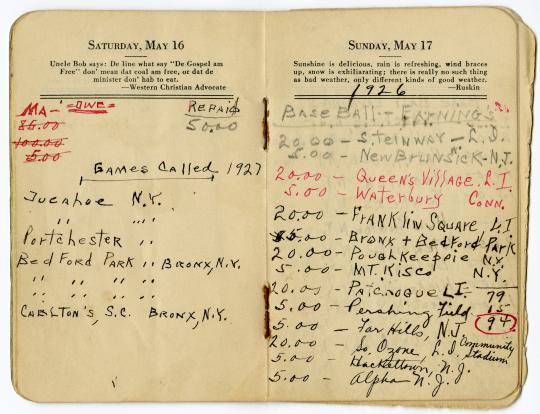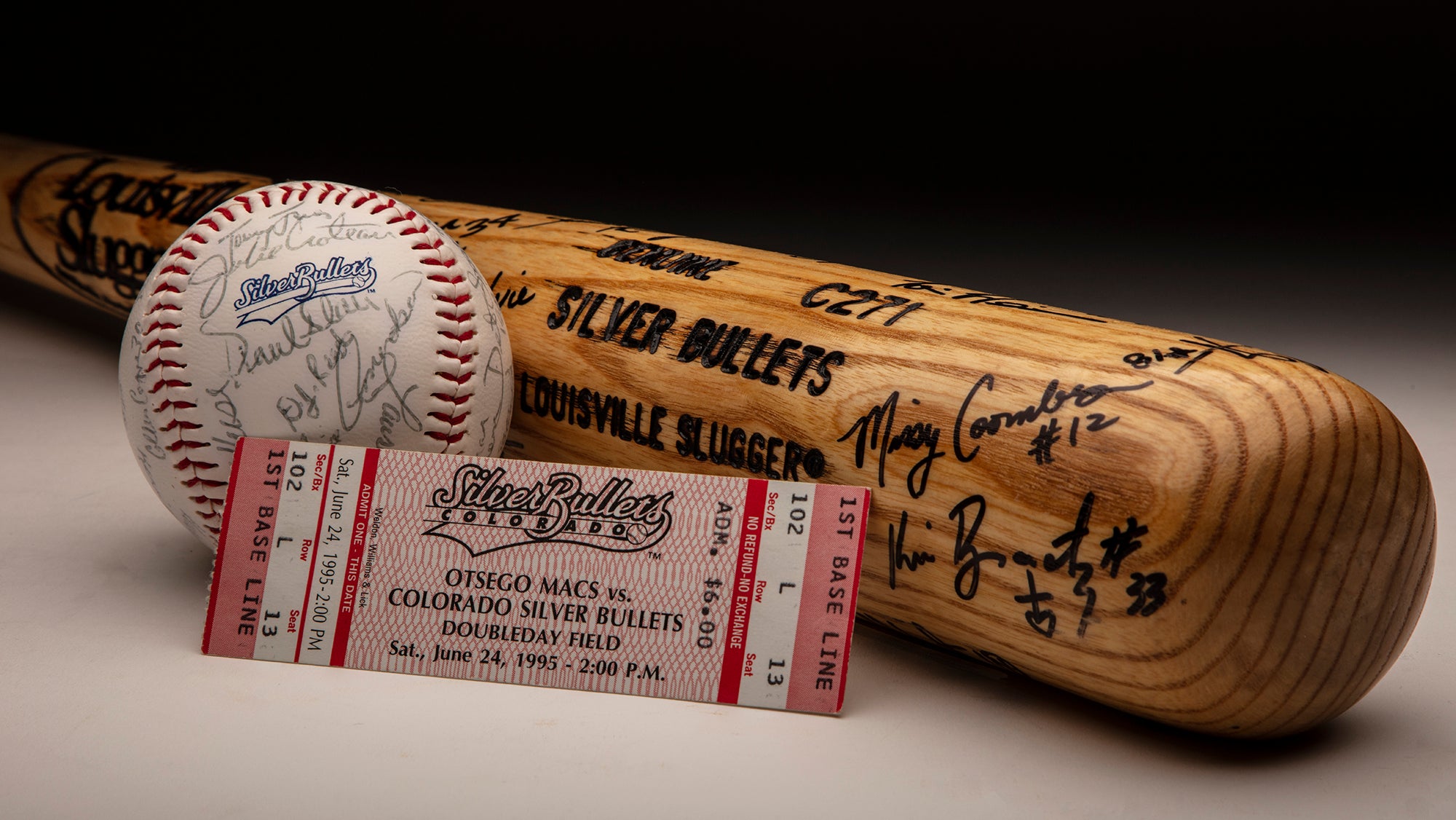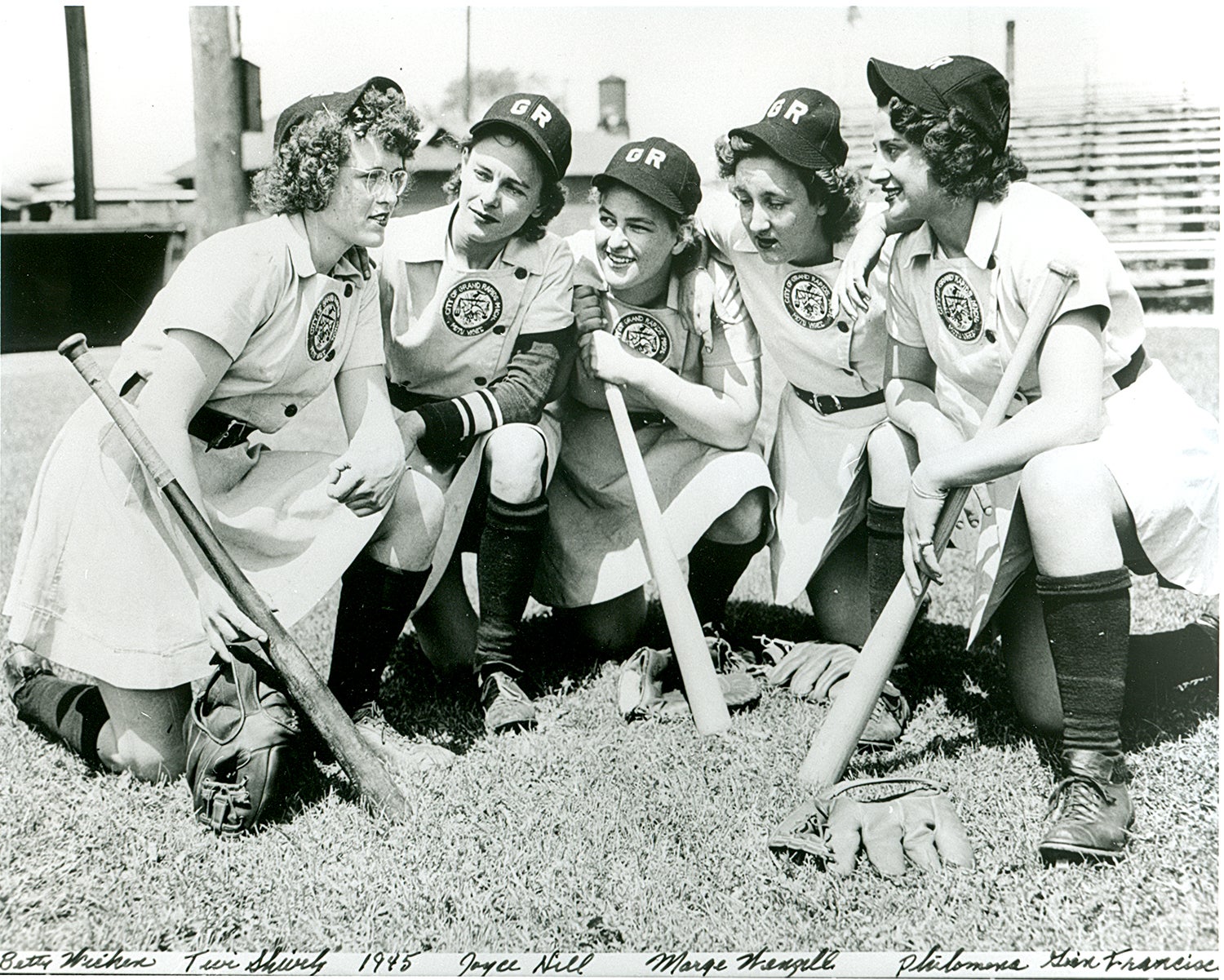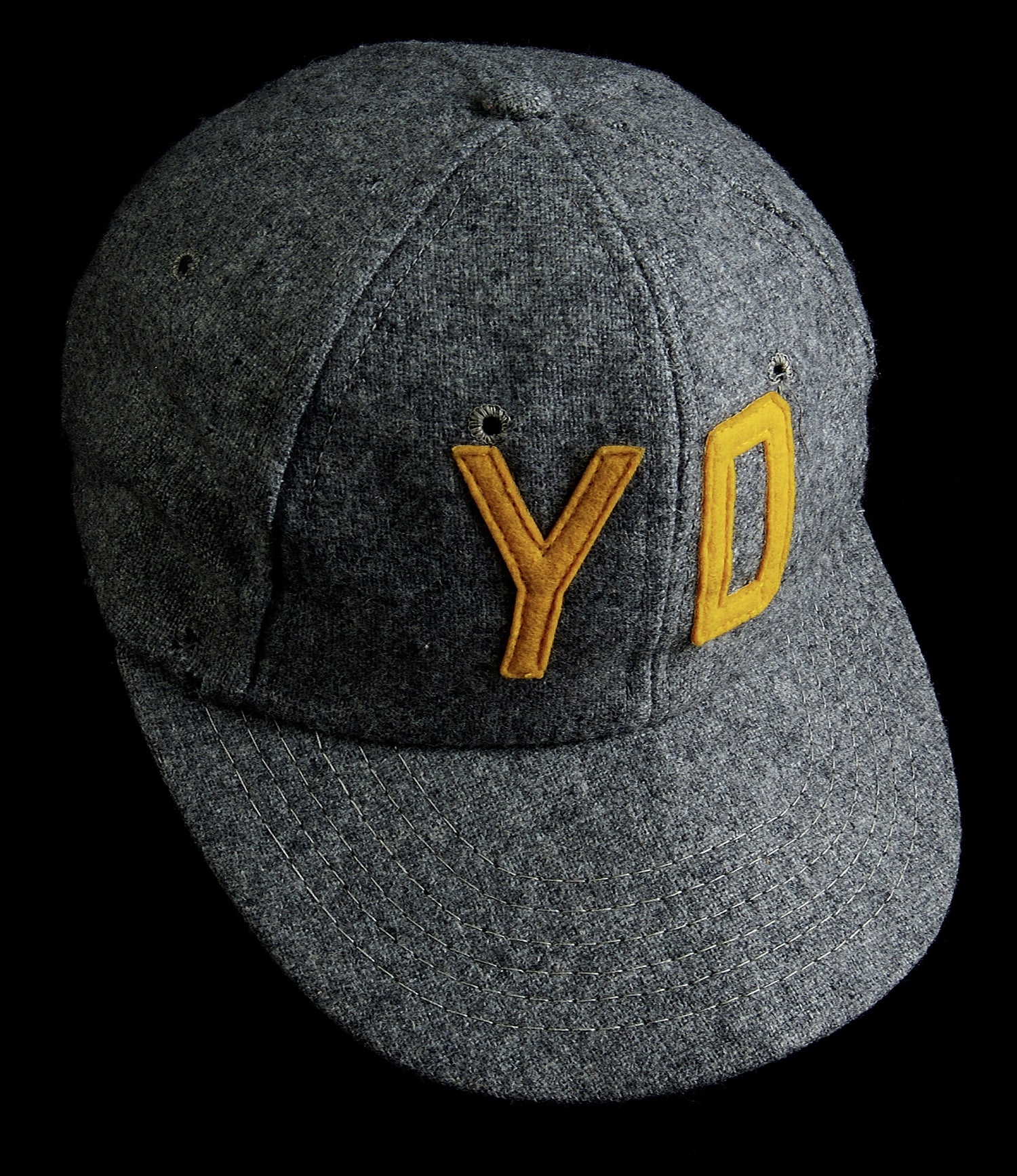Artifact collection of former Bloomer Girls star preserved at the Hall of Fame
“East Side, West Side, all around the town The tots sang "ring-around-rosie," "London Bridge is falling down" Boys and girls together, me and Mamie O'Rourke Tripped the light fantastic on the sidewalks of New York”
-- From “The Sidewalks of New York,” by lyricist James W. Blake and vaudeville actor and composer Charles B. Lawlor, 1894
Mamie O’ Rourke, was, of course, a real person, married to “Diamond Dan” O’Rourke, the owner of one of Manhattan’s most lively pre-prohibition taverns, located just off the Bowery. He was also the father of one Florence “Florrie” O’Rourke, who played for Margaret Nabel’s original New York Bloomer Girls baseball team (in existence from 1910-1935), and later formed her own team under the alias of Peggy O’Neil and Her Eight Men.
Florrie O’Rourke’s history is part of the collection at the National Baseball Hall of Fame and Museum, thanks to a donation from her grandson, Victor Rugg.
The collection includes several beautiful photographs as well as a 1922 flyer for the New York Bloomer Girls, which includes their full schedules for 1920 and 1921. Also included is a small notebook within which she records her baseball earnings – usually between 5 and 20 dollars per game – for the seasons of 1926-29. Since those earnings are listed by city, there is a real treasure trove for researchers who would like to go back to original local press accounts and reconstruct those seasons.
Born in 1901, by age 12 Florrie was drawing notice on the baseball diamond – she was captain of a neighborhood team called Mulberry Bend, which “won over every other playground in New York City.” As the winners, they were invited to be guests of the Giants at the Polo Grounds, whose Hall of Fame manager John McGraw was a familiar face at her father’s establishment.
Nabel was a strict, skilled businesswoman who knew how to promote her team, and reported earning as much as $1,700 on a single ball game, though also admitting that sometimes it was only a break-even affair. She took over the NY Bloomer Girls in 1920 and ran them into the mid 1930’s, when the Depression and the rise of softball were twin difficulties facing women’s baseball teams.
Like most Bloomer Girls teams, the team traded upon showmanship and novelty to draw fans, but often surprised those fans by beating their opponents or at least turning in a closely-fought game. A 1922 article describes the Girls in their “natty maroon uniforms of bloomers, middy blouses, with ‘New York’ across their breasts, and maroon caps with white peaks.” The description also notes that they wear regulation spikes instead of “the petite shoes worn by members of their sex.”
O’Rourke, the article reports, believed that women were more suited to umpiring than men. “Women think more quickly,”she said. “Men dawdle and haggle. Besides, a woman can do a better job of laying down the law. It comes natural to us.” Baseball, it seems, came naturally to Florrie O’Rourke.
Tim Wiles was the director of research at the National Baseball Hall of Fame and Museum








